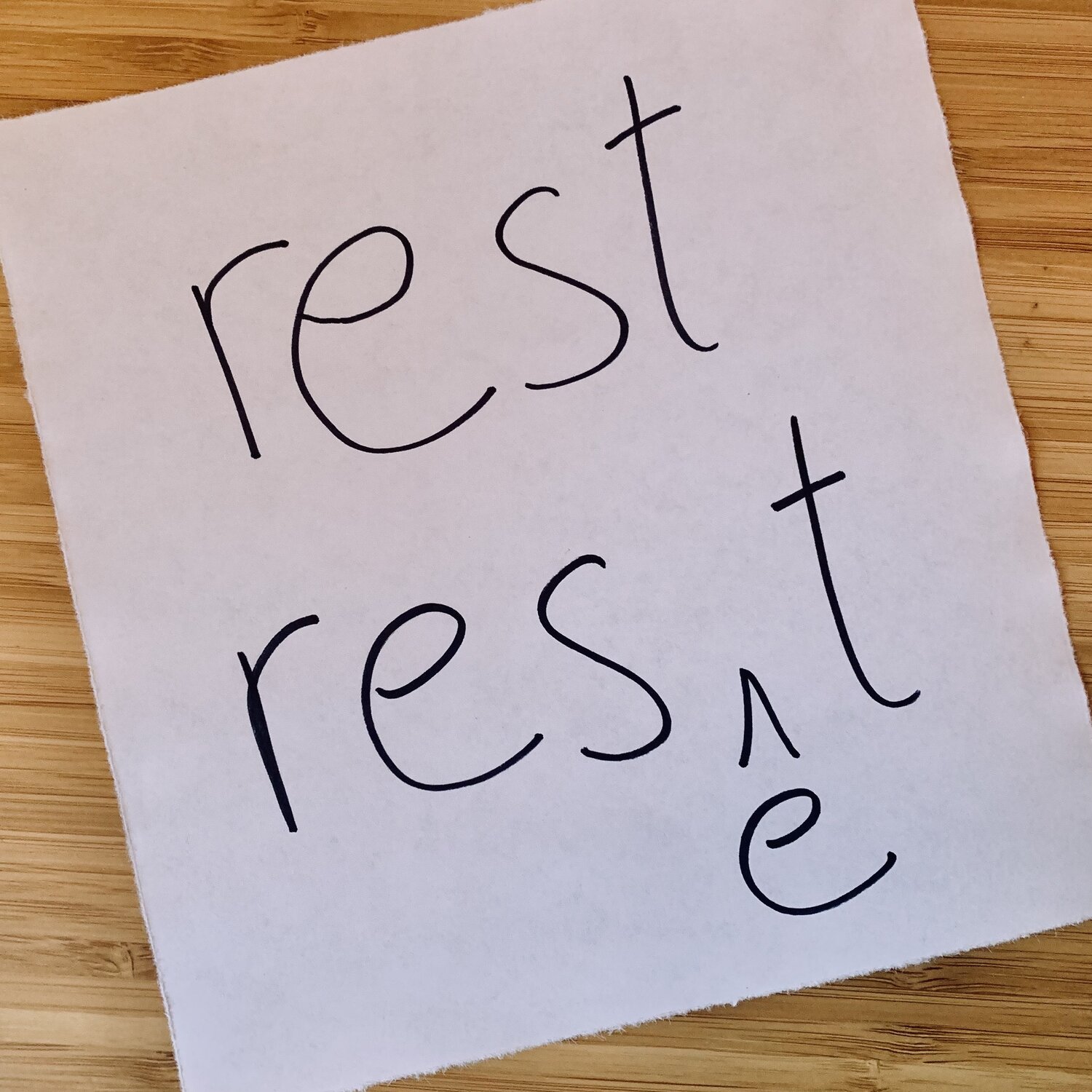11 Jan Grant Stewardship: Beyond “Thank You” by Megan Campbell, MPA, GPC
Posted at 18:00h
in Competency Eight, Competency Six, Funder Relations, GPC, Grant Reporting, Grants Management, Megan Campbell, MPA, Relationships
Congratulations! You have received notice that a local foundation will gladly support your organization and/or program during the coming year. The foundation board or staff are excited about your mission, your plans, and helping serve your community. You record the amount in your donor and accounting software, generate a letter acknowledging the gift, and move on to managing the implementation of program activities. Right? Well, no.









